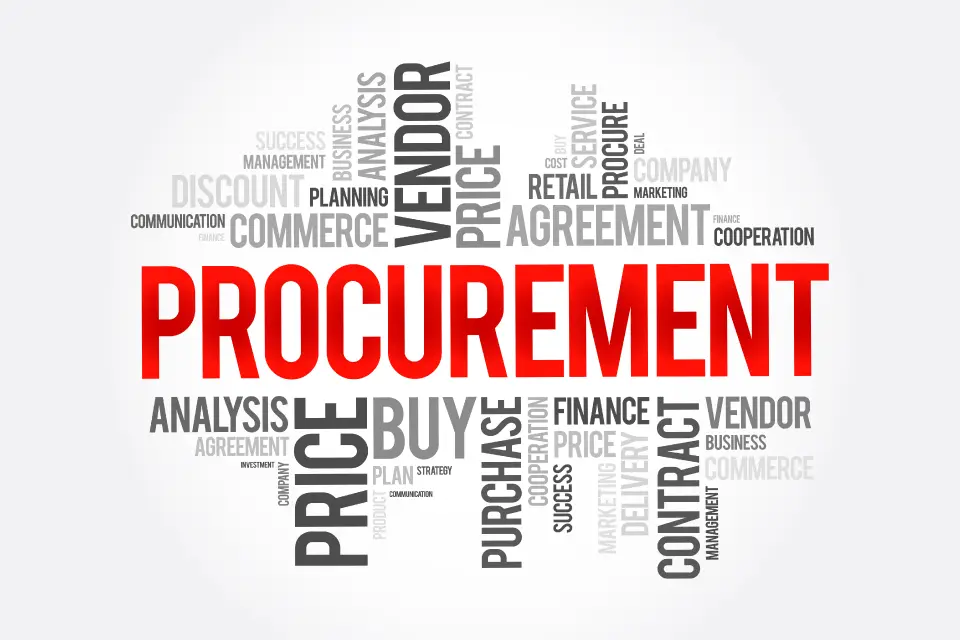In my professional career that spans more than three decades, I have had the privilege of working closely with purchasing. I can attest to the fact that in today’s dynamic business landscape, the skills of modern purchasing professionals play a crucial role in ensuring the smooth operation of supply chains and the efficient acquisition of goods and services.
In the past, Original Equipment Manufacturers (OEMs) used to be vertically integrated. For example, a large automotive company would produce its own castings, forgings, and machine components with an in-house foundry, forge shop, and machine shop. The manufacturing philosophy has evolved over the years with large OEMs purchasing most of the manufactured products and investing their resources in designing and assembling their products, i.e. companies have gone from being vertically integrated to becoming modular. Previously, most products were only mechanical, whereas today most products are electro-mechanical. A classic example is today a car is called a “computer on wheels.” Both factors have contributed to companies having to purchase a large number of parts across raw materials, manufacturing processes, manufactured products, and systems. Purchasing has now become mission-critical, and this has resulted in purchasing leadership being given a place on the executive team of large public companies.

While traditional purchasing skills like negotiation and communication remain essential, there is a strong business case for purchasing professionals to acquire technical domain knowledge and speak the language of the products and services that they procure. Let’s take the example of the importance of the skills of modern purchasing professionals when purchasing iron sand castings. In this scenario, the purchasing professional sends out a quote package that is comprised of engineering drawings and any other technical specifications that are relevant to the three suppliers. The purchasing professional then uses their technical acumen and negotiates the lowest price among the three quotes received; is this a win for the company? Was the best possible value captured? The answer is yes, if the purchasing professional has the technical acumen to question the manufacturing process and take into account the impact of the molding process i.e. vertically parted or horizontally parted molds, the sand-to-metal ratio, the casting yield, and the tooling life. In addition to sourcing the casting from the best cost source, the purchasing professional also has to be involved in quality issues that typically arise during the production of the part. In these instances, the purchasing agent would be able to add value if they were aware of the typical quality defects and their resolution.
So, in the above example, we see that technical acumen is as important as negotiating skills and the combination of the two skills is potent both during the launch of the program and during the continued production during the lifetime of the part.

People come into the procurement organizations with degrees in Accounting, Business, Engineering, and Liberal Arts, all of which give limited or no exposure to the raw materials, manufacturing processes, manufactured products, and systems that they will need to procure. Conventionally, people learn on the job by osmosis over an extended period of time if they are fortunate to have access to people who have the collective knowledge and technical expertise in these areas. Today, with experienced baby boomers retiring, access to such individuals is mostly not available or limited.



